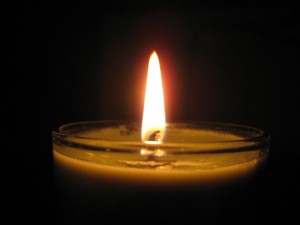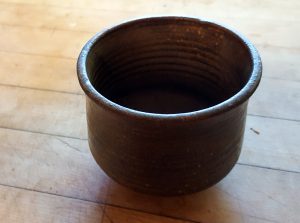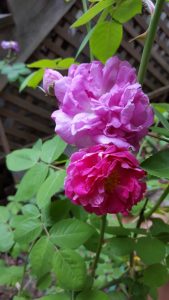 The Tao Te Ching tells us:
The Tao Te Ching tells us:
Analyzing others is knowledge,
Knowing yourself is wisdom.
Managing others requires skill.
Mastering yourself takes inner strength.
Tao Te Ching, Chapter 33
Descriptions of leadership usually refer to the leader as manager, strategist, commander-in-chief, emphasizing instrumental skills of communication, planning and problem solving.
But beyond these skills, beyond externals, there is the one essential strength we need to cultivate: knowing ourselves.
“Know thyself,” Socrates taught in ancient Greece. The Tao Te Ching reminds us that effective leadership requires us to recognize our own strengths and weaknesses and strive to become more balanced, more centered, more whole.
Only then can we meet our inevitable challenges without being reactive, without falling into excesses of ego—fear, anger, and defensiveness. Only then can we see more clearly, act more wisely, responding to the energies around us from a center of balance within us.
How can we develop the knowledge that will provide our center of balance? The answers come from sources as old as the Tao Te Ching, as new as research in neuroscience: from a commitment to contemplative practice.
Contemplative practice is more vital than ever today. The chronic stress in our world can put us on constant alert, blocking our vision and compassion for ourselves and those around us. Unable to focus or be fully present, we can become increasingly defensive, making reactive, hasty decisions that only increase the suffering within and around us.
Neuroscience research has shown how contemplative practice cultivates mindfulness, enhancing our cognitive function, strengthening those areas of the brain that regulate emotion, bringing us greater clarity and compassion for the people around us (Condon et al, 2013; Hölzel et al, 2011; see also Goleman, & Davidson, 2017).
How about you? Do you have a contemplative practice? If not, you might begin by taking a few moments now to center down.
- Sit down in a comfortable place where you won’t be disturbed.
- Take a deep breath,
- Then slowly release it.
- Close your eyes and feel your body relax
- As you focus on your breathing
- Saying silently to yourself, “Breathing in, I smile,”
- “Breathing out I am at peace.”
- Then feel your body relax more with each breath.
- When your mind wanders, note the thought–“worry,” “anxious,” “planning.”
- Then go back to focus on your breathing.
- After a few minutes, gently open your eyes.
Take this practice with you for a few moments each day and notice how it makes you feel.
Namaste,
Diane
References:
Condon, P., Desbordes, G., Miller, W. B., & DeSteno, D. (2013). Meditation increases compassionate responses to suffering. Psychological Science, 24, 2125-2127.
Goleman, D. & Davidson, R. J. (2017). Altered Traits: Science reveals how meditation changes your mind, brain, and body. New York, NY: Avery.
Hölzel, B. K., Lazar, S. W., Gard, T., Schuman-Olivier, Z., Vago., D. R., & Ott, U. (2011). How does mindfulness work? Proposing mechanisms of action from a conceptual and neural perspective. Perspectives on Psychological Science, 6, 537-559.
Some information in this post appeared earlier in Dreher, D. (1996). The Tao of Personal Leadership. New York, NY: HarperCollins and Dreher, D. E. (2015). Leading with compassion: A Moral compass for our time. In T. G. Plante (Ed.). The psychology of compassion and cruelty: Understanding the emotional, spiritual, and religious influences (pp. 73-87). Santa Barbara, CA: ABC-CLIO.
 Thirty spokes meet at the wheel’s axis
Thirty spokes meet at the wheel’s axis







